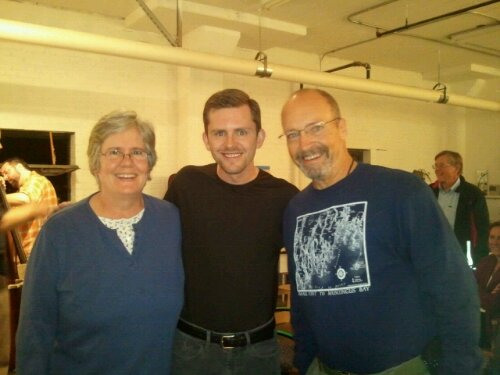This year I decided to fast during the Level 4 retreat at Two Harbors. Fasting is one of the topics covered in the retreat, and everyone who is healthy is encouraged to fast on Tuesday.
People who are diabetic, have cancer, AIDS, or other serious health conditions should not fast. If you intend to fast longer than 3 days, you should do so under medical supervision.
The first time we attended the Level 4 retreat, neither Max nor I fasted. I have never liked fasting. The second time, we both fasted the one day. It was not particularly fun, but it wasn’t so horrible either. We were planning to camp again this year at the municipal campground, and I started thinking about how much easier it would be to camp if we didn’t have to deal with food storage and preparation.
I’d been reading Dr. Joel Fuhrman’s book called Fasting and Eating for Health. He is very knowledgable about the topic. He convincingly explains the benefits of letting your body rest so it can heal itself. Some health issues can take 10 or more days of fasting before you see complete healing. So I said to myself, if 1 day is good then 14 days should be even better.
When the other attendees had growling stomachs on Tuesday, I was already on day 8 of my water-only fast. I was not able to find a doctor to monitor my fast in Minneapolis, but I did have a fasting buddy so that was my safety net.
After 12 days, I decided to end my fast. By then, eating was something other people did. I felt like an observer. I needed more frequent naps, and the 3 hour meditations one hour after a 2 hour meditation became too physically exhausting. I did have some very good meditations and had some key insights into the Heart Sutra, which I’ve been studying since we went to the first Level 4 retreat.
We ended our fasts on yellow watermelon and 1/2 orange, alternating every 2 hours. We’re on day 2 of our 3 day re-entry. Dr. Fuhrman recommends doing a longer fast like this only every 5 to 10 years. I’d do this again…maybe by then there will be someone in Minneapolis who could supervise the fast.

